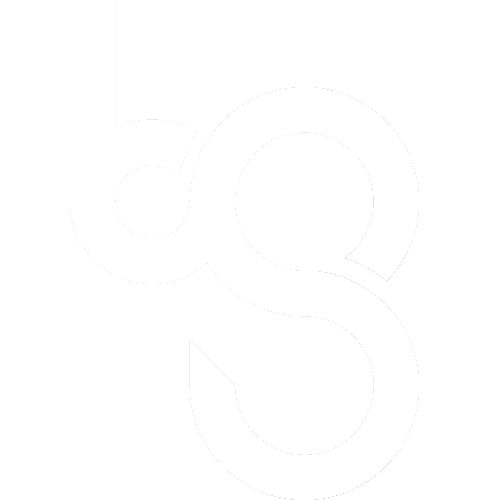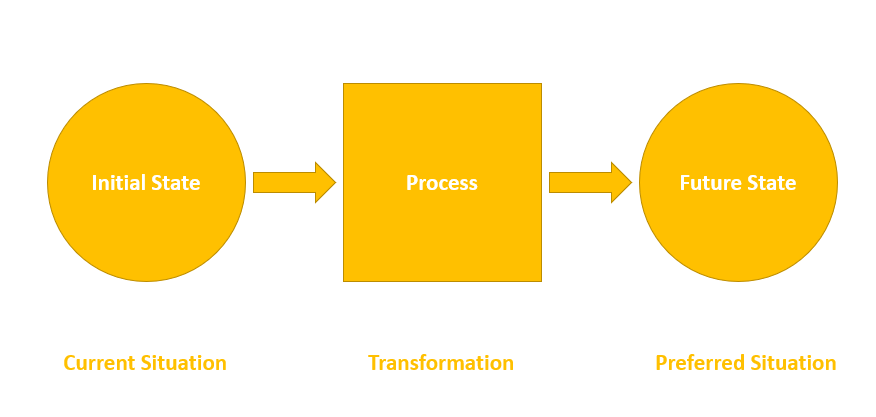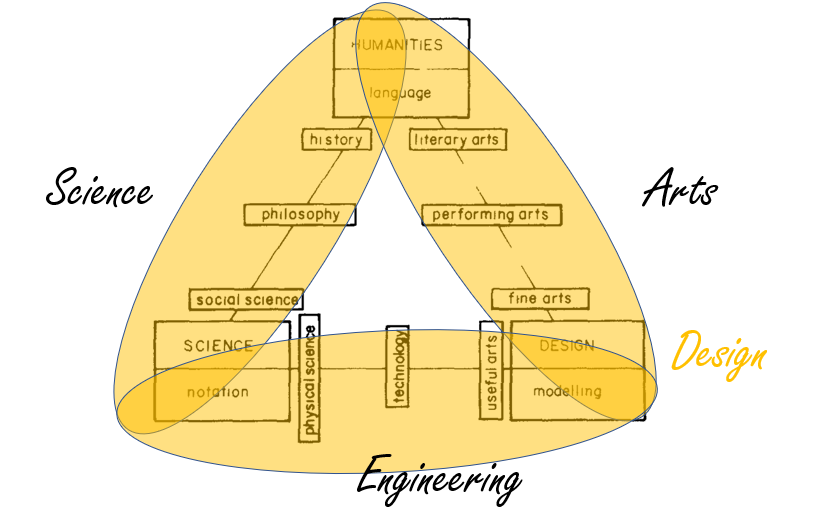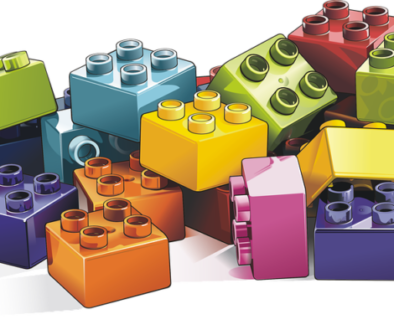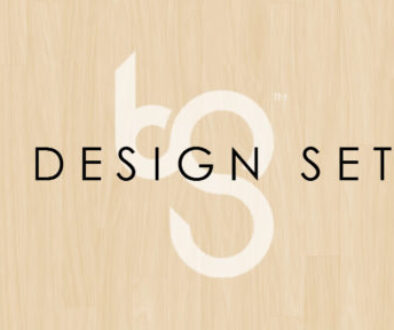What is DESIGN? Read this blog to understand Design
You must have thought about this question What is Design?
Design is fundamental…
Design gives form to an IDEA….to make sense.
Design is knowing What questions to ask… and HOW to ask them… What’s the right problem to solve?? And HOW do I solve it?? WHY should I solve it??
Design is understanding whether something is worth building at all.
Dictionary meaning of Design is
(noun) a specification of an object, manifested by an agent, intended to accomplish goals, in a particular environment, using a set of primitive components, satisfying a set of requirements, subject to constraints; (verb, transitive) to create a design, in an environment (where the designer operates)
Design is a roadmap or a strategic approach for someone to achieve a unique expectation. It defines the specifications, plans, parameters, costs, activities, processes and how and what to do within legal, political, social, environmental, safety and economic constraints in achieving that objective.
Categories in Design:
There are various categories in design and it can be applied to many different fields:
Communication Design, Web Design, Architecture, Product Design, Graphic Design, Social Design, Information Design, Educational Design, Environmental Design, Engineering Design, Interior Design, Experience Design, Service Design, Sound Design, Software Design, Typographic Design, Editorial Design, User Experience Design, Emotional Design, Database Design, Strategic Design, Game Design

Designers:
Designers are people who are paid to produce visions of better futures and make those things happen. Koskinen, Zimmerman, Binder, Redstrom & Wensveen (2011).
Designers typically produce novel unexpected solutions, tolerate uncertainty, work with incomplete information, apply imagination and constructive forethought to practical problems and use drawings and other modelling media as means of problem solving. Bryan Lawson & Kees Dorst (2009)
There are three stages at a very basic level:
- Initial State
- Process
- Preferred State
One of the most important aspects of design is that it is multifaceted. There is no single way of looking that captures the essence of design.
Design is not only about the product but ultimately about the effect that you want to achieve. For Business it can be “Competitive Advantage”. For end users it can be “User Experience“. For Environment or society, it can be about “Social Welfare”.
A designer must be able to predict the effects of their “hypothesized design” and predict the future state with the current information you have. And the best way to gather information is to have access to RAW data about the thing which you want to design. It can be about Users, about products, about people, about Social phenomenon/problems etc.
A design intent comes from the end customer for whom you are designing a product or a service. Then this intent is captured by the company in form of future products or service which they want to produce. After which the designers are tasked with the job to produce that design (which may be Product/Service). Then Designers comes up with Sketches about what is their understanding about the concept. And when the concept is finalized. It goes for prototyping. And after trial runs and getting feedback from sample customers you finally produce a product. Which accomplishes the Effect which you wanted to produce in the first place.
You cannot know the consequences of your design and you will also not know about the systemic effects of your design implementation. So, spend time on your Design and Designing process.
The amount of time you invest in Design Process the higher the probability of SUCCESS of your design.
One of the good quotes explains how we can design:
[themify_quote]
If we can design our way into difficulty, we can design our way out.
-John Thackara (2005) Designers are optimists
[/themify_quote]
Who is a Designer?
Everyone is a designer.
Everyone can design. We all design whenever we plan for something new. It can be planning a new trip to some place, it can be a surprize for your loved one.
Design Thinking:
Design thinking is something that is inherent in human it is a part of human cognition. It is an integral part of us which essentially makes us human.
Everyone designs…who wants to change the existing environment into favourable one.
Why do we design?
We design because we are not perfect
We design because we want to survive and improve continuously.
We design because we are not satisfied with our surrounding conditions
Design helps us to bring order in our lives, it gives us meaning
[themify_quote]
Designers are change agents in society. Their goal is to improve the human condition, in all its aspects, through physical change.
-John Gero (1990)
[/themify_quote]
Where design Lies:
There is this image from Bruce Archer (1979) which very informatively captures the position of Design.
Design is value driven and contains some bias with it. That is the reason you see trends in design.
Brief timeline of Design Trends:
- Back in 1840- 1890, design used to be highly ornate with elaborative typography and decorative borders.
- Then in 1890-1920, It was more of hand drawn style, linear base on natural forms.
- After that 1910- 1935, Early Modern came approach became minimalist, geometrically based designs with content coming from photos and less illustrations
- In 1900-1930’s, Futurism design which was filled with eclectic design featuring new technology.
- Also in mid 1930’s Heoric Realsim was shown by using strong message in text. Promoting an idea by featuring one person.
- Then in 1940’s, the design was dominated with bold geometric design, use of motion line, High contrast colours.
- In 1950’s , design was with contrasting imagery and fonts along with bold and vibrant colours.
- In Late modern from 1945-1960’s, design was dominated by informal structural layout, plain and simple non-decorative type. Use of distorted geometrical shapes came into picture.
- In 1960’s Design was Psychedelic, Influenced by Hallucinatory drugs, featuring abstract swirls of intense colours. It included curvilinear typography and intense optical colour vibration
- 1970-1980’s were Post Modern Era, which had collage like illustrations with overlapping elements, impulsive and playful.
- In late 1980’s use of negative space with very clean and simple asymmetrical layouts
- Moving towards 2000 grungy textures and hand-written elements were used with rough edges irregular lines and frames.
- After 2010 onwards now, the design is more of Flat, minimalist with no depth clever use of negative spaces and straight lines.
Design doesn’t have a long history like art and science which have thousand years of history attached with it.
Design can be
- Design can be SYMBOLIC, which stands for something that is intangible, can be perceived by “heart”
- Design can be PHYSICAL, which is tangible, can be perceived by the senses.
- Design can be EXPRESSIVE, which is attractive and Emotional.
- Design can be FUNCTIONAL, which is practical and useful
The design which is more towards symbolic whether they are inclined towards expressive or functional they can be classified as EXPERIENCE, which are captured in the mind of the user or customer.
The design which is more towards physical form whether expressive or Functional are OBJECTS. It is very important understand this difference between these dimensions because a better understanding of this will help you gain the Effect which you want to Create.
Design is combination of both ART and SCIENCE (Engineering)
The difference between art and Design is the natural sciences explains how things are and Design is how things are ought to be.
And at last I will leave you with this quote
“Imagination is beginning of Creation”
………………………………………………………………………………………………………….
